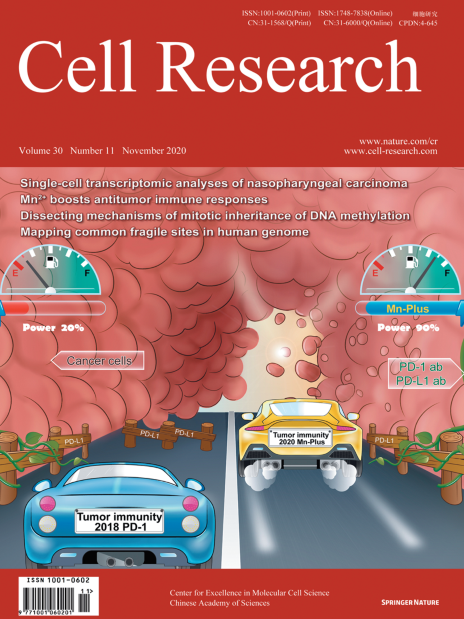
Advanced Search
Submit Manuscript
Advanced Search
Submit Manuscript
Volume 30, No 11, Nov 2020
ISSN: 1001-0602
EISSN: 1748-7838 2018
impact factor 17.848*
(Clarivate Analytics, 2019)
Volume 30 Issue 11, November 2020: 1046-1048 |
A mouse model for SARS-CoV-2 infection by exogenous delivery of hACE2 using alphavirus replicon particles
Ya-Nan Zhang1 , Xiao-Dan Li1,2 , Zhe-Rui Zhang1 , Hong-Qing Zhang1 , Na Li1 , Jing Liu1 , Jia-Qi Li1 , Hua-Jun Zhang1 , Ze-Jun Wang3 , Shuo Shen3 , Zheng-Li Shi1 , Hong-Ping Wei1 , Zhi-Ming Yuan1 , Han-Qing Ye1,* , Bo Zhang1,*
1Key Laboratory of Special Pathogens and Biosafety, Wuhan Institute of Virology, Center for Biosafety Mega-Science, Chinese Academy of Sciences, Wuhan, Hubei 430071, ChinaDear Editor,
Since the outbreak of a novel coronavirus disease (COVID-19) in late 2019, it has spread rapidly and developed into a global pandemic. As of August 12, 2020, more than 215 countries and territories around the world have reported more than 20.5 million confirmed COVID-19 cases with over 745,693 deaths (https://www.worldometers.info/coronavirus/#countries). Such harsh conditions urged scientists across the world to gear up to develop vaccines and antiviral drugs against COVID-19, which also lead to massive requirement for experimental animals.
https://doi.org/10.1038/s41422-020-00405-5